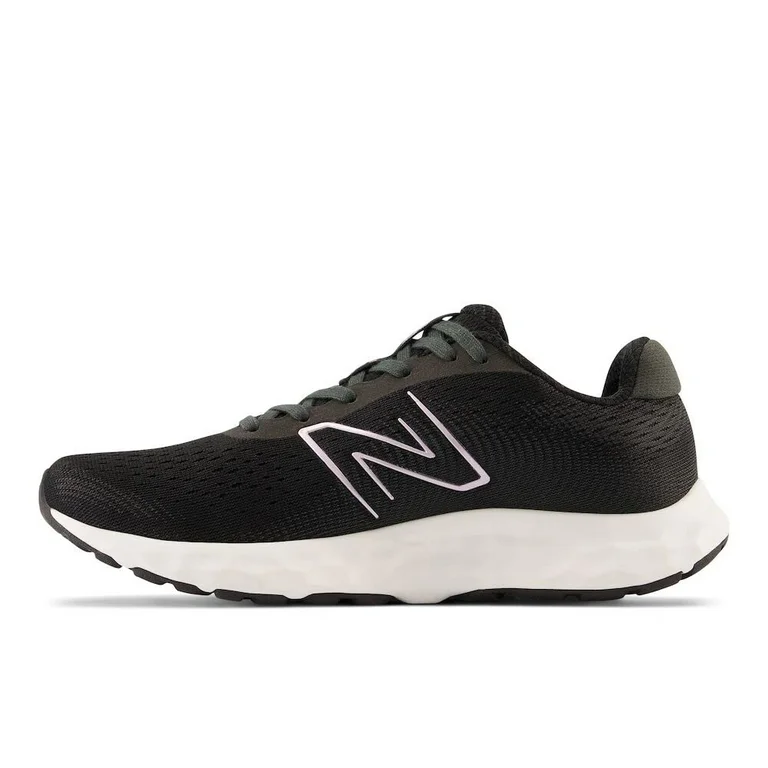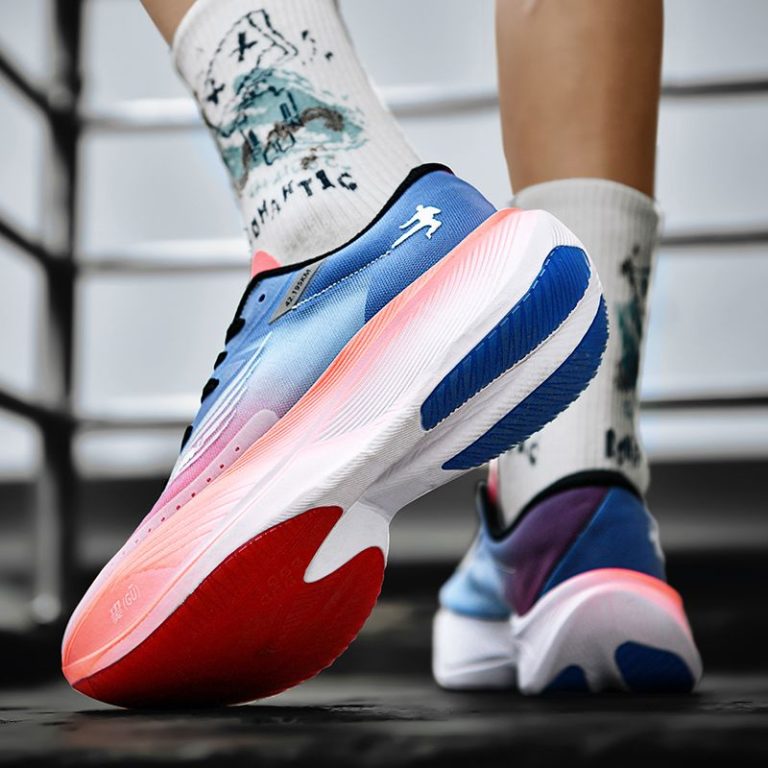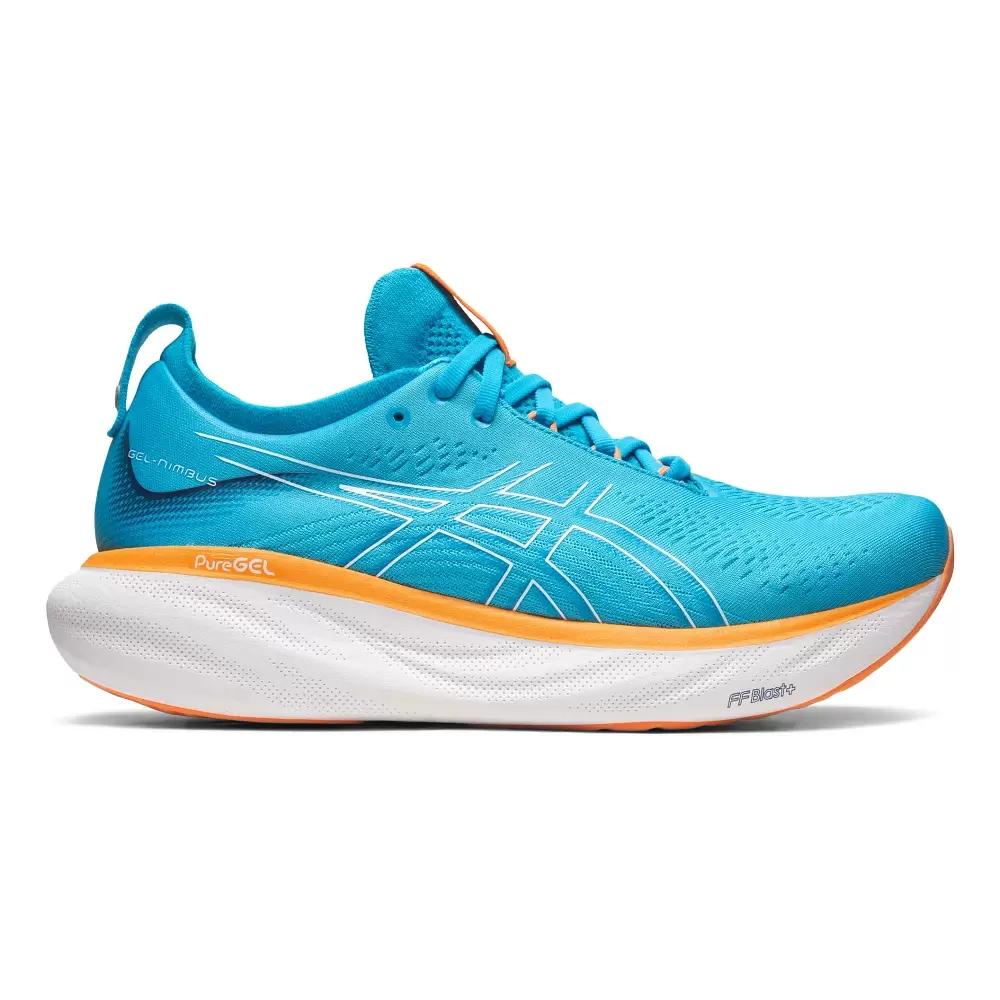
How to Get Fitted for Running Shoes? Expert Tips
Importance of Proper Running Shoe Fit
The right fit in running shoes is not just about comfort. It’s a cornerstone of your running performance and injury prevention. When you learn how to get fitted for running shoes correctly, you ensure that your footwear supports your feet in all the right places. Running shoes that fit well can improve your running technique, cushion your feet from impact, and prevent blisters and other foot problems.
A proper fit helps to distribute pressure evenly across your feet while you run. This can lessen the stress on your joints and reduce the risk of common runner’s ailments like plantar fasciitis or shin splints. Also, a well-fitted shoe will secure your foot and reduce internal movement; hence, fewer toenail issues and less skin irritation.
Moreover, running in shoes that fit well can keep you more comfortable on long runs. This boosts your confidence and ability to focus on your running goals without being distracted by foot discomfort. Remember, a running shoe that fits well is as vital as the shoe’s features or the technology behind it. Your performance and enjoyment on the road or trail depend on it.

Understanding Your Foot Type and Gait
Before you learn how to get fitted for running shoes, it’s essential to understand your foot type and gait. These factors have a significant influence on the fit and comfort of your running shoes. Your foot type usually falls into one of three categories: flat, neutral, or high-arched. Each type requires different levels of support to prevent injury and improve running efficiency.
Here’s what you need to know about each foot type:
- Flat feet often lead to overpronation, where your foot rolls inward excessively.
- Neutral feet are the most common and usually have a normal arch, leading to a well-aligned stride.
- High-arched feet can result in underpronation, where there’s less inward roll, affecting shock absorption.
Gait analysis is another critical step. Many running stores offer this service. They analyze how you walk and run to determine your foot movement. This analysis helps in selecting the correct running shoe style. When you know your foot type and gait, you can focus on shoe features that offer the right support.
Remember, getting the right fit goes beyond your foot’s length and width. Take these factors into account for a comfortable, injury-free running experience.
Measuring Your Foot Size Accurately
Measuring your foot size is a crucial step in learning how to get fitted for running shoes. An accurate measurement ensures that you select a shoe that accommodates the length, width, and shape of your foot. Here’s a simple guide to measuring your feet correctly:
- Use the Brannock Device: Most shoe stores have this tool. It measures foot length and width.
- Measure at the End of the Day: Feet can swell throughout the day, so measure later for the best fit.
- Stand During Measurements: Your foot expands under your body weight. Stand for a precise reading.
- Measure Both Feet: It’s common to have one foot slightly larger. Always fit the larger foot.
- Consider Socks: Wear the socks you’ll run in. They can affect shoe size and fit.
Once you have your measurements, compare them to the sizing charts provided by running shoe brands. Sizing may vary, so use the chart as a starting guide rather than an absolute. If possible, seek professional help in a running store to confirm the size, especially if you are between sizes or have specific needs such as a wider toe box or extra arch support.
Remember, the goal is to find a running shoe that feels snug but not tight. There should be a thumb’s width of space between the longest toe and the shoe’s end. Taking the time to measure your feet accurately serves as a foundation for a comfortable and enjoyable running experience.

Key Features to Look for in Running Shoes
When searching for running shoes, there are key features to consider ensuring a perfect fit. Here are the most crucial ones:
- Proper Cushioning: Look for adequate cushioning, especially in the midsole area. This helps in shock absorption and comfort during runs.
- Support: The right kind of arch support is vital. Choose a shoe that matches your foot type to prevent injury.
- Fit: Ensure a snug fit around the heel. The shoe should not slip off or cause blisters.
- Breathability: Good ventilation is necessary. Breathable materials keep feet cool and dry.
- Flexibility: The shoe should allow for natural foot movement. Test the shoe’s flexibility by bending it.
- Durability: High-wear areas like the outsole should be durable. This extends the shoe’s life.
- Traction: Look for a sole that provides grip on various surfaces to reduce slipping.
- Lightweight: Heavy shoes can slow you down. Aim for lightweight options that don’t sacrifice support.
- Toe Box Room: Ensure enough space in the toe box to avoid cramped toes.
- Reflective Elements: For those who run at dawn or dusk, reflective details enhance safety.
Choosing running shoes with these features in mind will help you understand how to get fitted for running shoes effectively. By ensuring each feature aligns with your needs, you will enhance your running performance and overall experience.
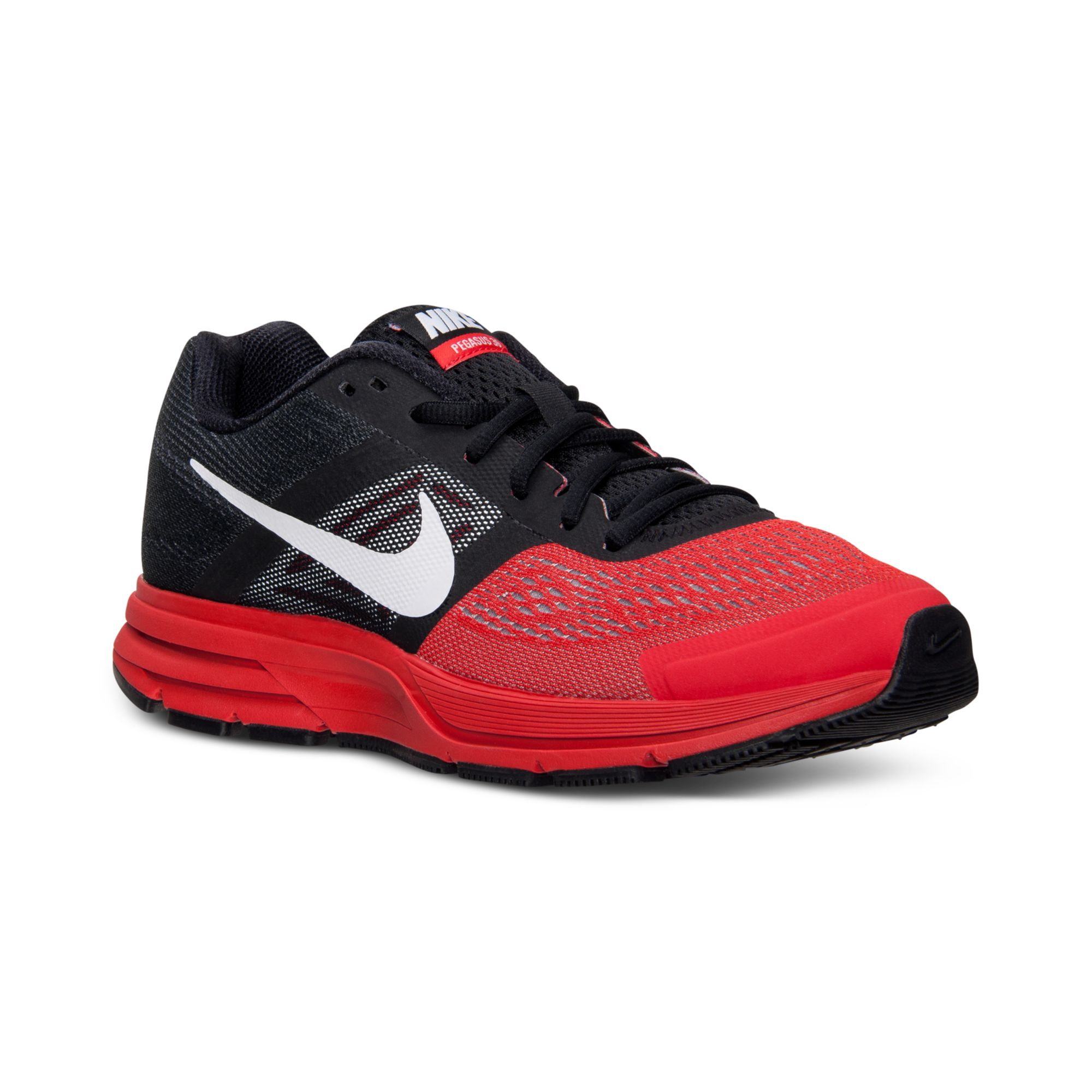
Trying on Running Shoes: What to Look for
When trying on running shoes, several factors are key to finding the right fit. First and foremost, remember that the size on the box may not always translate to the perfect fit for your feet. Consider the following checklist to ensure you’re making the right choice:
- Heel Fit: Your heel should fit snugly, with little to no slippage. Test this by walking or jogging a bit in the store.
- Instep Comfort: The shoe’s upper part should feel secure and comfortable over your instep. It shouldn’t pinch or feel too loose.
- Room in the Toe Box: Wiggle your toes. There should be about a thumb’s width of space between your biggest toe and the front of the shoe.
- Width Fit: Your foot should be able to spread without pressing against the shoe sides. If you feel squeezing, opt for a wider shoe.
- Length Consideration: While standing, check the shoe length. Ensure that there’s enough space to prevent your toes from hitting the end.
- Overall Comfort: Walk around to see if any part of the shoe rubs against your foot or causes pain.
- Flex Point: Make sure the shoe bends and creases just like your foot. The shoe’s flex point should match your foot’s flex point.
- Arch Support: Feel the arch. Does it support your foot without causing pressure or discomfort?
- Lacing System: Laces should hold your foot securely. They also offer a way to customize the fit slightly.
- Cushioning and Support: Check the cushioning by jumping or running lightly. Your foot should feel supported and cushioned.
Trying on shoes is more than just slipping your foot in and walking. It’s about discovering how each of these elements come together in action. Always remember how to get fitted for running shoes by testing several pairs and considering these important factors. Doing so ensures that your chosen running shoes will provide the support and comfort needed for your runs, helping you avoid injury and enjoy the experience more fully.
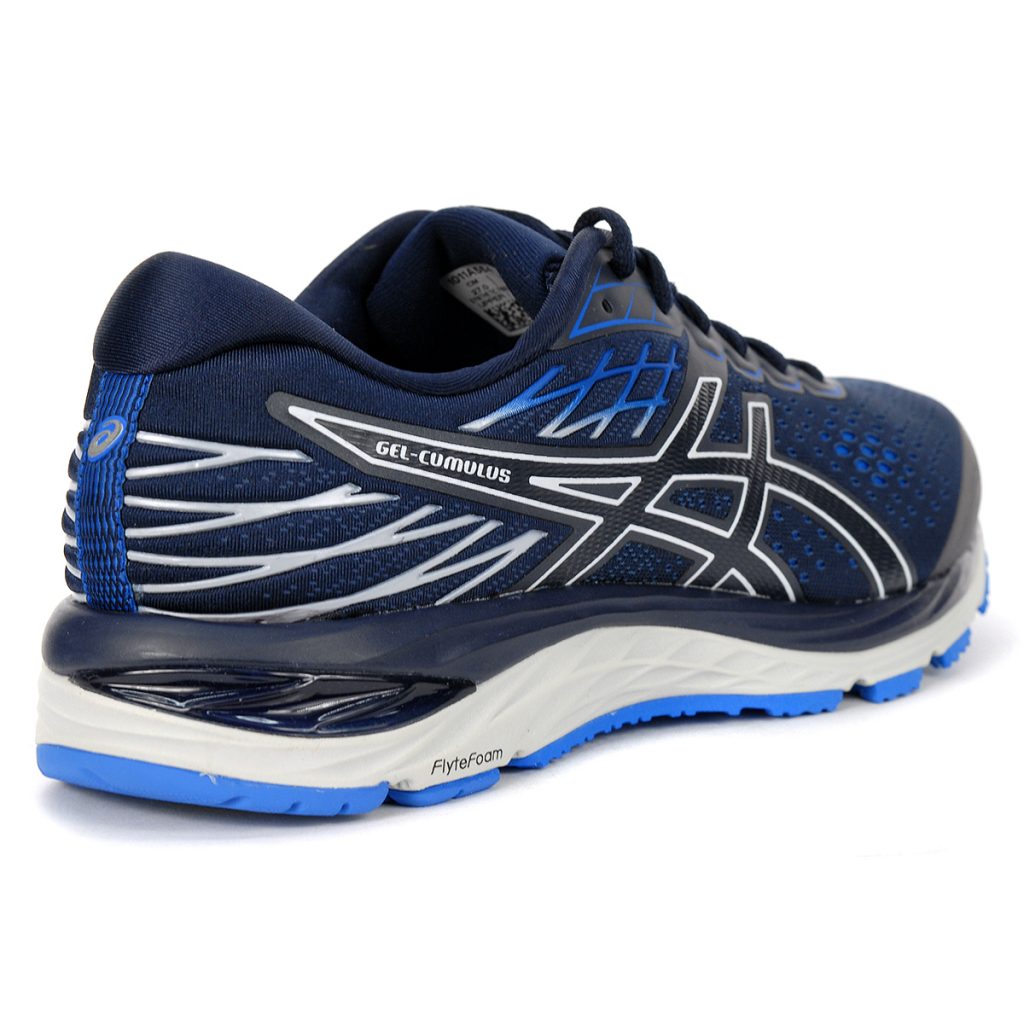
The Best Time to Shop for Running Shoes
Choosing the right moment to shop for running shoes is crucial. The best time is often in the late afternoon or evening. As you move throughout the day, your feet naturally expand. This swelling peaks later in the day. Therefore, shopping during this time ensures a better fit for when your feet are at their largest. This helps prevent buying shoes that feel too tight during your runs.
Take seasonality into account as well. Your feet can swell more in warmer weather. So, consider trying on running shoes when temperatures are higher if you often run outside. This tip is aiming to mimic the conditions under which you’ll be running. Also, consider sales cycles and new model releases. Many stores offer discounts on older models when new versions are released. Timing your purchase around these periods can save you money.
Lastly, avoid shopping for running shoes when you are in a rush. Give yourself ample time to try on multiple pairs and walk or jog in them. This ensures you deeply understand how to get fitted for running shoes for your specific needs. By planning your shopping trip, you make an informed decision for your running comfort and performance.
Caring for Your Running Shoes to Maintain Fit
Once you’ve mastered how to get fitted for running shoes, it’s essential to care for them properly. This care helps maintain their fit and extends their lifespan. Here are key care tips:
- Store Shoes Properly: Keep your shoes in a cool, dry place away from direct sunlight, which can degrade the materials.
- Dry Shoes Correctly: If they get wet, stuff them with newspaper to absorb moisture. Avoid direct heat as it can warp the shoe’s shape.
- Rotate Shoes: If you run often, use two pairs of shoes on alternate days. This gives each pair time to recover its cushioning between runs.
- Clean Them Gently: Remove dirt with a soft brush. Wash laces separately and only use mild soap on shoes when necessary.
- Use Correctly: Wear your running shoes only for running. Using them for other activities can wear them down faster.
- Check for Wear: Regularly inspect your shoes for signs of overuse, such as uneven wear on the soles or tears in the fabric.
Taking care of your running shoes will ensure that they continue to support and protect your feet, just as they did when you first learned how to get fitted for running shoes.
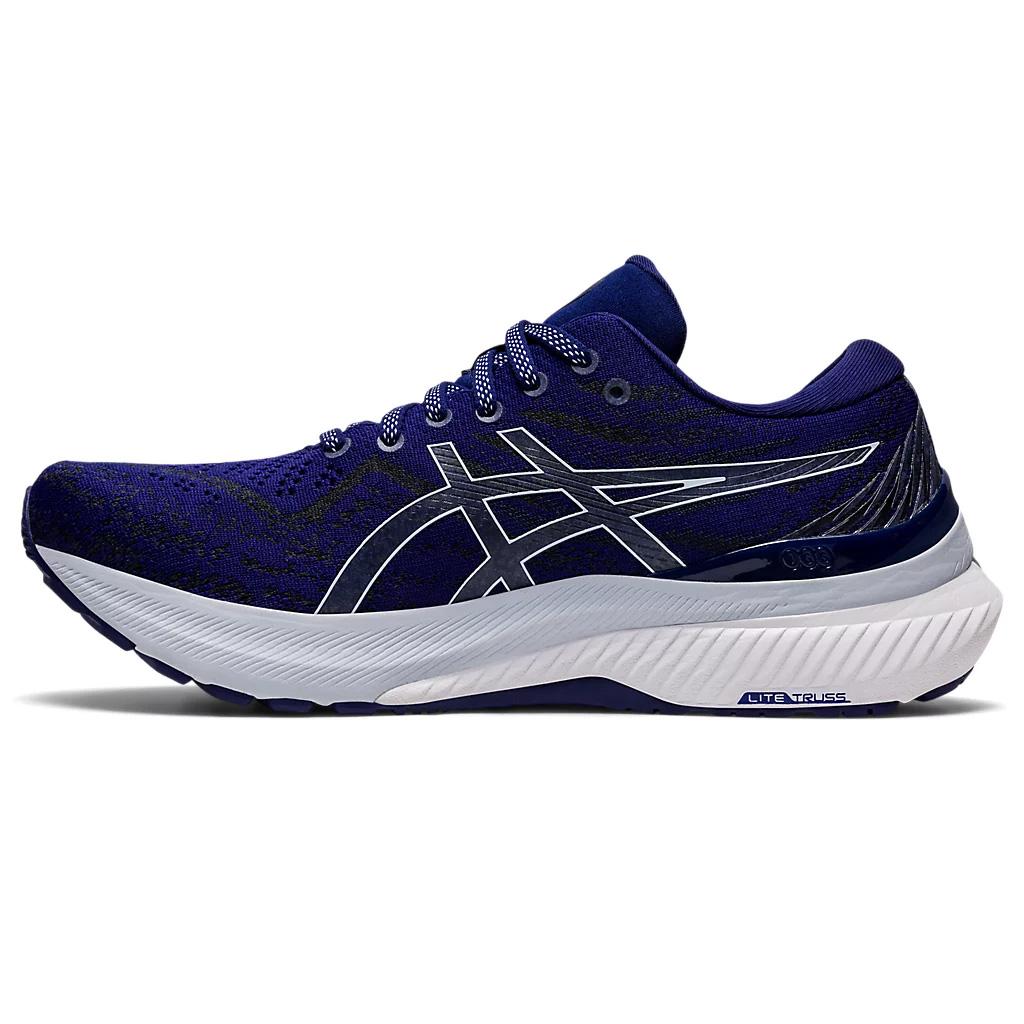
When to Replace Your Running Shoes
Knowing when to replace your running shoes is key to maintaining good foot health and performance. Over time, the cushioning and support structures of the shoe break down, which can lead to discomfort and injury. Here’s a simple guide to recognizing the signs that it’s time for a new pair:
- Mileage: Check your mileage. Most shoes last between 300 to 500 miles.
- Wear Patterns: Look at the soles. Uneven wear can signal it’s time to replace them.
- Cushioning: Press into the midsole. If it feels hard or less springy, it’s time for a new pair.
- Comfort: Notice changes in comfort. New aches or pains may indicate worn-out shoes.
- Fit: Check if they fit differently. Over time, shoes can stretch and lose their shape.
- Age: Consider shoe age. Even with low mileage, shoes older than a year may need replacing.
Regularly inspecting your running shoes and being attentive to how they feel on your runs will help you determine the right time to shop for new ones. Replacing your running shoes at the appropriate time will ensure the best fit, comfort, and protection for your feet, contributing to a more effective and enjoyable running experience.
